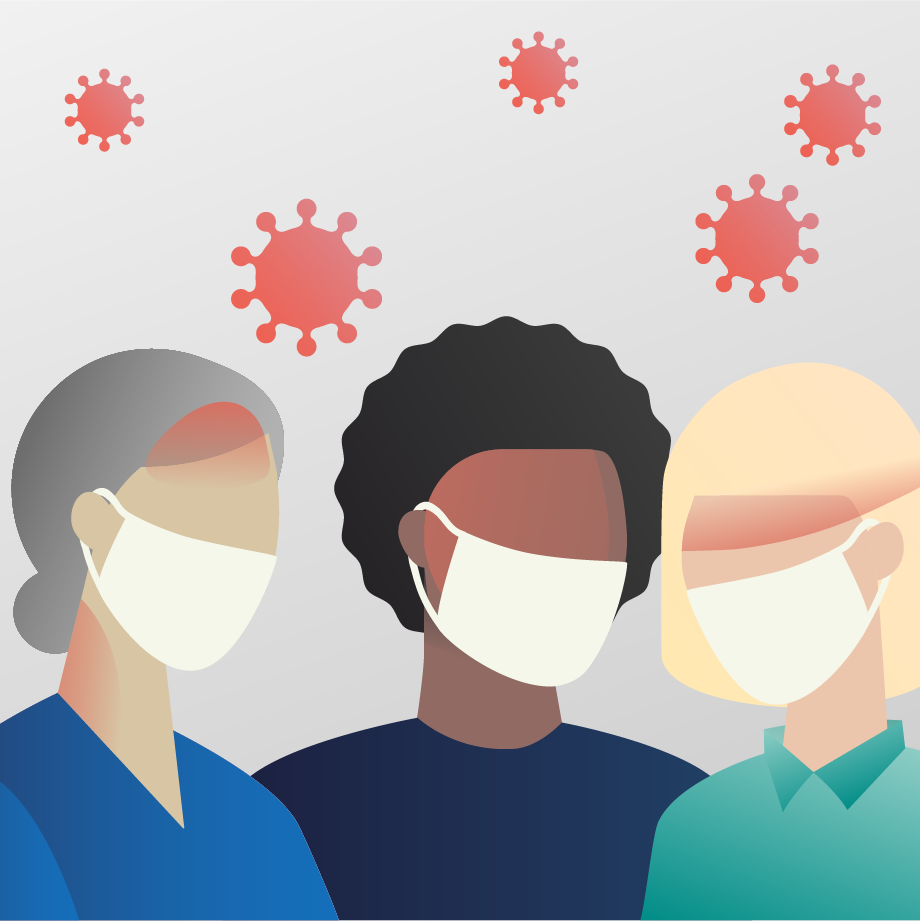
How best to assess the impact of migraine and migraine treatment on patients’ lives?
Migraine is a chronic and debilitating disease, which can impact individuals by limiting their daily functions as well as their social and leisure activities – this impairment is considered by clinical experts to be an important aspect of the patient’s experience with the disease.1 Since there is no gold standard scale for either measuring the impact of headache, or assessing the efficacy of treatment, in patients with migraine, there is a need for more effective tools to evaluate these outcomes.1,2
Barriers to appropriate consultation and accurate diagnosis
Although migraine is the most common headache disorder, fewer than half of patients with migraine are properly diagnosed, resulting in undertreatment.1 Indeed, as many as 75–80% of patients with chronic migraine (CM) who meet the criteria for CM do not receive an accurate diagnosis.2
Unfortunately, many patients who present with headache in the emergency department (ED) do not have an appropriate consultation. An analysis of 40 patients presenting with sudden onset headaches who were admitted to an acute medical unit showed that only 18% saw a neurology specialist.3 In another phase of the study, which reviewed the outcomes for patients (n=30) who did see a neurologist and were offered an 8-week out-patient follow-up at a consultant-led acute headache review clinic, fewer than 50% of cases were ‘true’ sudden onset headaches3, suggesting that the assessment in the acute setting was sub-optimal.
This was supported by the findings of a different cross-sectional study of 802 patients who had attended the ED in the UK because of headache.4 Around a quarter attended because of migraine or probable migraine and of these, 19% were taken to the ED by ambulance.4 Overall, 28% of attendees had undefined headache due to lack of recorded headache features.4 Interestingly, 30% of all patients reported taking no treatment prior to attending the hospital and 35% of attendances were acute, within 24 hours of onset.4
Screening tools may be useful in detecting patients with migraine (e.g. in the ED, general neurology and primary care settings) and the Identify Chronic Migraine (ID-CM) is one such tool focused on chronic migraine.5 One study presented at this year’s MTIS showed that a 6-item version of the questionnaire had a sensitivity of 71% and a specificity of 93% in identifying patients with CM enrolled in a large medical group.2
Assessments of patients in the headache clinic
In patients with headache, imaging is usually only required to rule out malignant causes and there is a perception that imaging is often requested only to reassure patients. One study presented at MTIS evaluated imaging referrals in a headache clinic in the UK, with the aim of determining how often scans are requested for non-medical grounds, such as reassurance, which is problematic from a financial and ethical standpoint, compared with imaging performed for medical reasons, such as excluding secondary causes.6 In this study, only 25% (n=30) of patients referred to a tertiary headache clinic were referred for imaging, of which only 7.6% (n=9) were scanned for reassurance.6 These data are encouraging, although it should be noted that the data collection was prospective, which may have had an impact on imaging requested.6
Barriers to effective treatment
There is a need to improve the education of both healthcare professionals (HCPs) and patients on the use of over the counter (OTC) analgesics for the treatment of migraine and medication overuse headaches (MOH). An internet-based survey of HCPs’ understanding of MOH in patients who take OTC analgesics for tension-type headache or migraine revealed that HCPs tend to overestimate the risk of MOH.7 There were also discrepancies in the HCPs’ perceived efficacy of migraine OTC treatments compared with current data; for example, the efficacy of the combination of paracetamol, acetylsalicylic acid and caffeine was rated by HCPs in an internet survey as being worse than ibuprofen despite the combination being found to be superior to ibuprofen in a study.7 Another barrier to effective treatment is that preventive migraine therapy is associated with poor persistence – one retrospective claims analysis revealed that persistence to initial therapy was 25% at six months, dropping to 14% at 12 months.8
MTIS2018-005. MTIS 2018. Available at: http://mtis2018.org/media/1123/mtis2018_abstract_book_a4_v2b.pdf
MTIS2018-026. MTIS 2018. Available at: http://mtis2018.org/media/1123/mtis2018_abstract_book_a4_v2b.pdf
MTIS2018-013. MTIS 2018. Available at: http://mtis2018.org/media/1123/mtis2018_abstract_book_a4_v2b.pdf
MTIS2018-014. MTIS 2018. Available at: http://mtis2018.org/media/1123/mtis2018_abstract_book_a4_v2b.pdf







